Name Suzy Lake | Role Artist | |
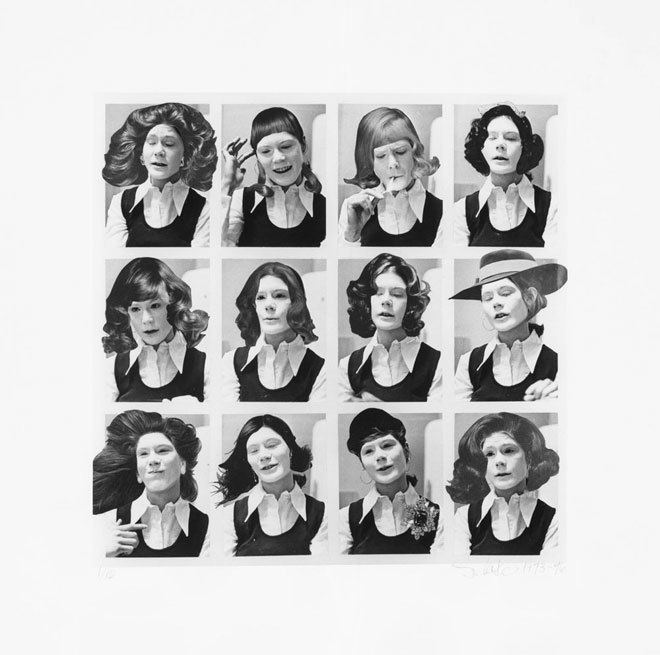 | ||
Known for Photography, Conceptual art | ||
Suzy lake playing with time women make movies clip 2
Suzy Lake (born June 24, 1947) is an American-Canadian artist based in Toronto, Ontario, Canada, known for her work as a photographer, performance artist and video maker. Using a range of media Lake explores topics including identity, beauty, gender and aging.
Contents
- Suzy lake playing with time women make movies clip 2
- Suzy Lake Performing for the Camera in the 1960s and 70s So Whose Gaze is it Now
- Life
- Art Practice
- Early Work
- Major Exhibitions
- Honours
- Gallery representation
- References
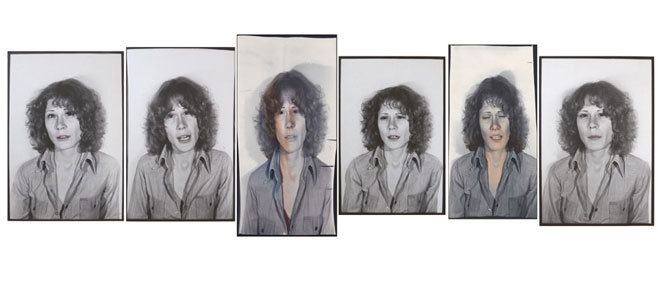
Suzy Lake: "Performing for the Camera in the 1960s and 70s: So Whose Gaze is it Now?"
Life
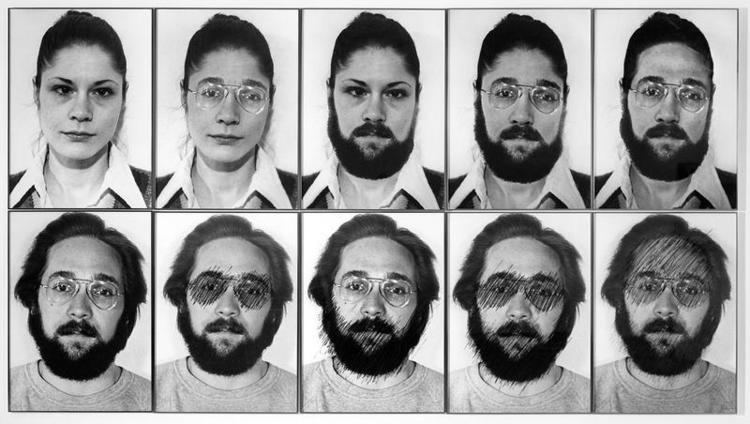
Lake was born June 24, 1947 in Detroit, Michigan. She began her fine art studies at Wayne State University and Western Michigan University in Kalamazoo, Michigan from 1965-1968. During this period she became involved with the anti-war and civil rights movements of the 1960s. She also witnessed the Detroit Race Riots of 1967. Soon after in 1968, Lake immigrated to Canada with her husband to escape the Vietnam War draft.
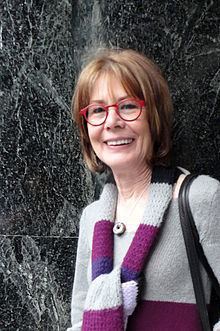
Lake completed a Master of Fine Arts degree at Concordia University in 1980.
Art Practice
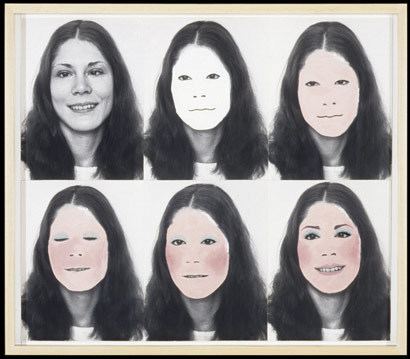
Using costumes, make-up and props, Lake creates self-portraits for the camera, often by assuming new identities. Her adopted personas highlight the possibilities for deception involved in posing for the camera. An example is "Suzy Lake As Patty Hearst", a project Lake made in collaboration with Bill Jones, featuring the artist as the eponymous Hearst
Early Work
Lake moved to Montreal, and lived there for about ten years. Lake taught at the Montreal Museum School (1969–1978) and was mentored by the minimalist artist, Guido Molinari. She was active in the early conceptualist art scene in that city. In 1971, Lake became a co-founder, along with twelve other artists, of the artist-run gallery Véhicule Art Inc. Lake's work during this period was influenced by fellow "camera artists" in Véhicule (including Les Levine) who were using the camera to represent an idea as opposed to documenting reality. This was also a period when Lake began concentrate on the subject of identity in her artworks. In her series of photographs entitled A One Hour (Zero) Conversation with Allan B. made in 1973, she becomes the subject as a camera records her expression at various intervals of a candid conversation with a friend. To emphasize her gestures, Lake used white make-up to cover her face. She then invited her friends and family to circle the photographs in the series most represented her personality.
In an interview in Magenta magazine, Lake noted the influence of the political climate of the 1970s on her work, saying: “I know that I am a feminist, but I can see that my politics originated in human rights issues, civil rights, the FLQ in Quebec and race issues in the States.” Roberta Smith of the New York Times compared her work to that of Cindy Sherman; in the 1970s, the two artists were contemporaries. In 1975 Lake was invited by Sherman to exhibit in a Hallwalls show. Today, Lake continues to make work about the body focusing on issues of ageing, and exhibiting her work worldwide.
Major Exhibitions
Suzy Lake was the subject of a comprehensive exhibition, Introducing Suzy Lake, at the Art Gallery of Ontario in 2014-15.
Honours
Lake is a member of the Royal Canadian Academy of Arts. In 2016, she was recipient of Governor General's Award in Visual and Media Arts. and the Scotiabank Photography Award
Gallery representation
She has been represented by Galerie Gilles Gheerbrant (1974–1977); Jared Sable Gallery (1976–1990), and Paul Petro Contemporary Art (1995 – 2012). Lake is currently represented by Georgia Scherman Projects, Toronto (2012 - ); Solway Jones Gallery, Los Angeles (2009 – ); Galerie Donald Browne, Montreal (2010 - ).
